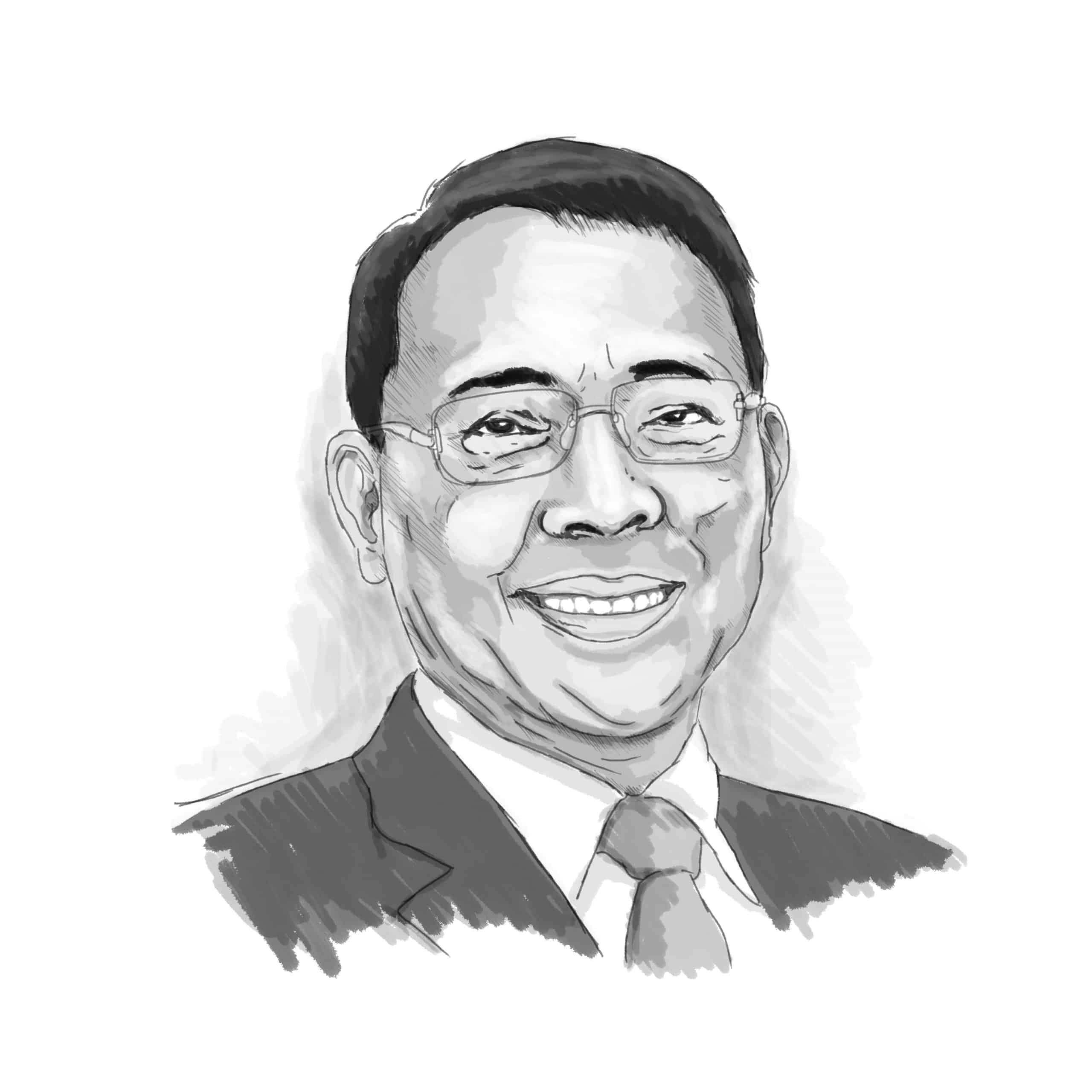OF SUBSTANCE AND SPIRIT

(Part 1)
Clear from the genealogy of PhilHealth is its continuing mandate to provide comprehensive and equitable health care. Policy-wise, there should be no more question that aside from quality education, effective public health is a good “strategy for bringing about faster economic development and improving quality of life.” It’s a direct, and no doubt, quick route to higher labor productivity and economic growth.
PhilHealth descended from martial law’s Medicare as administered by the Philippine Medical Care Commission pursuant to the Philippine Medical Care Act of 1969. Total coverage of medical services according to the needs of patients is its ultimate goal. It was to be an evolving extension of medical care to all residents based obviously on the nation’s financial capability by mandating contribution to help build the medical care fund.
The basic idea was first to leverage on both the SSS and GSIS medical programs while preparing to cover non-members on a compulsory and automatic basis. Not bad for a developing country in the late 1960s.
A National Health Insurance Program was established in 1995, mandating the creation of the Philippine Health Insurance Corporation (PhilHealth) and replacing the Commission as administrator. This law proceeds from the 1987 constitutional mandate for “an integrated and comprehensive approach to health development which shall endeavor to make essential goods, health and other social services available to all people at affordable cost.”
For the same reason, the Universal Healthcare (UHC) Law of 2019 automatically enrolled in PhilHealth all Filipino citizens, including overseas Filipino workers. This means any Filipino can avail himself of health care benefits even without a PhilHealth ID card. There is no better way to institutionalize universal health care than through a contributory health insurance scheme.
Yes, the operative words are accessibility and affordability.
All citizens shall have access to health services at first “with at least a basic minimum package of health insurance benefits.” The law prioritizes a person’s health needs than his ability to pay based on the principle of risk sharing among various income and age groups. There is also unequivocal mandate for PhilHealth to contain cost to help the people afford healthcare services.
Since not every one of the 113-million Filipinos contributes to the fund, and medical cost is rising like crazy, health premium is not just enough even if it was recently jacked up. With a broad coverage of inpatient care, among others, budget support is essential. Funding is short even with contributions from PCSO and PAGCOR and from the budget itself of the Department of Health.
For 2024, PhilHealth received more than a hundred-billion-peso budget to accommodate an expanded pool of beneficiaries and to sustain current programs. Some 1.31 million indigent and financially incapable patients are to receive medical assistance. With parallel efforts of the Department of Social Welfare and Development and other government programs, some 12.75 million indigent members are expected to be reached this year.
This is far from universal even as the intent is.
If past WHO data were to be a guide, PhilHealth has a lot of homework to do. With sustained population growth, life expectancy in the Philippines surprisingly declined from 69 years in 2000 to 66.4 years in 2021. In Western Pacific, comparable data actually rose from 72.4 years to 77.4 years. In this age, tuberculosis remains the leading cause of death for children below five. Why, this is a scourge of highly impoverished nations.
And if this is not enough, based on statistics from the Philippine Statistics Authority, the healthcare continues to be a big burden for households. Their out-of-pocket payment had the biggest share of 44.5 percent among the health care funding schemes in 2023, higher than government and voluntary healthcare system.
Comparing the Philippines with other ASEAN neighbors in terms of critical health outcome shows some embarrassing results. Three years ago, the Philippine Institute for Development Studies in a study prepared by research fellow Valerie Gilbert T. Ulip and research analyst Lyle Daryll D. Casas ('Regional Health Integration and Cooperation in the Philippines') concluded that we fell behind our ASEAN counterparts. Normally, health systems must have sufficient health facilities offering different types and levels of health services.
This is not the case for the Philippines.
For instance, hospital beds are limited, short of 400,000 beds. Half of the Filipinos have no timely access to primary healthcare facilities. We spend only about 1.5 percent of GDP to health, really no comparison with Malaysia, Singapore, Thailand and Vietnam. Our handicap in health human resources is just enormous. Ten percent of our rural units have only one doctor each while many health facilities do not even have a nurse or a midwife. Finally, our public health capacity for emergencies is extremely low. WHO’s international health regulations gave us a score of only 53 percent, only better than Lao PDR and Cambodia.
No AI is necessary to draw the extent of the challenge for the health sector in the Philippines. There is so much ground to flesh out the universality, accessibility and affordability of healthcare system.
Adding the regular contributions of members to subsidies from the national government and remittances from both PCSO and PAGCOR yields big, big shortfall. Yet, PhilHealth failed to spend all its money in 2024 to the tune of ₱89.9 billion.
With dwindling fiscal space and burgeoning public debt that has exceeded the threshold of 60 percent of GDP against the commitment of NG to refrain from introducing new taxes or imposing higher taxes, the only recourse of government is to increase the dividend rate and sweep all “unused funds” from government-owned and controlled corporations.
Finance Secretary Ralph Recto was recently quoted by ABS-CBN News saying that the full remittance and appropriate use of PhilHealth’s ₱89.9 billion could add 0.88 ppts to national output and add 600,000 more jobs. Interesting quote, but first, can the remittance be properly done and second, how does one convert it to output and jobs? (To be continued)